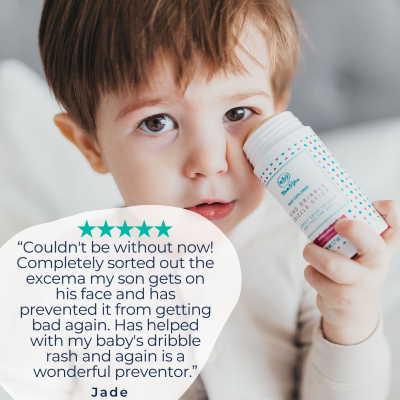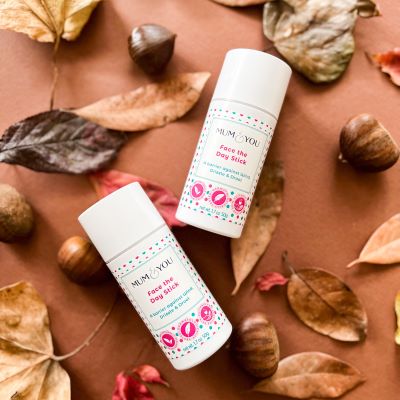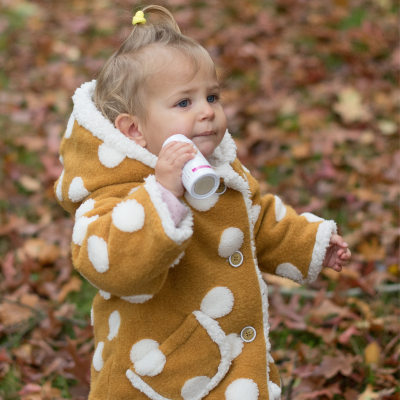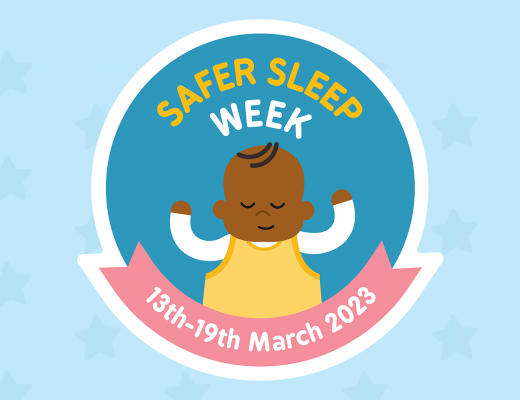A rainy UK summer, a September heatwave and then suddenly the weather changes and autumn drops. I don’t know about you but our skin is suffering, let alone our children’s! So we explored what is it about the weather change that effects our skin so much?
- Dry Air: As the weather gets colder in autumn, the air tends to become drier. This low humidity can lead to dryness and dehydration of the skin. Babies and children have delicate and sensitive skin, making them more susceptible to moisture loss.
- Cooler Temperatures: The drop in temperatures can cause children to spend more time indoors where central heating systems may be used. Heated indoor air can also be very dry, which can further contribute to skin dryness and irritation.
- Reduced Sun Exposure: During the summer, children often spend more time outdoors, and exposure to sunlight can have a positive impact on the skin by increasing the production of vitamin D and promoting a healthy complexion. In autumn, reduced sun exposure may affect the skin’s ability to produce vitamin D and maintain its natural balance.
- Changes in Clothing: As the weather cools down, children tend to wear heavier clothing and cover more of their skin. This can lead to increased friction and sweating, potentially causing skin irritation or rashes.
- Allergens: Autumn can bring about an increase in allergens, such as pollen and mold spores, which can trigger allergies and skin reactions in some children.
What effect does this change have on our children’s skin?
- Chapped Lips: Dry and cool autumn air, combined with wind exposure, can lead to chapped lips. Lips have thin and sensitive skin, making them particularly susceptible to dryness and cracking.
- Redness and Irritation: Sudden temperature changes and exposure to harsh winds can cause redness and irritation, especially on sensitive areas of the face like the cheeks, chin and nose. Combine this with dribble and teething and babies can quickly get sore
- Eczema Flare-Ups: Children with eczema or atopic dermatitis may experience more frequent flare-ups during the transition from summer to autumn. The dry air and temperature fluctuations can trigger skin inflammation and itching.
- Skin Sensitivity: you may find their skin becomes more sensitive during the transition to autumn than other times of the year, due to factors like temperature fluctuations, wind exposure, and changes in skincare routines.

What you can do to help their skin
- Moisturise: Use a gentle moisturiser to keep the skin hydrated and apply it after bath time and regularly throughout the day. Mum & You Face The Day Stick is made from natural ingredients such as sunflower oil, coconut oil, beeswax and shea butter and helps to soothe dry and irritated skin. The chunky stick makes it super easy to apply to children’s faces and can be used anywhere on the body that needs it. Plus its handy size is perfect for popping in your change bag to use when out and about. It’s dermatologically tested and suitable for sensitive and eczema prone skin
- Humidify: a humidifier adds moisture to the indoor air, especially in bedrooms. This can help combat the dryness caused by central heating.
- Choose appropriate clothing: Dress babies in layers so you can easily regulate their temperature as you go in and out and choose soft, breathable fabrics like cotton to minimise friction and skin irritation.
- Try eco nappies: When their skin is already feeling sensitive the last thing you need is nappy rash too. Mum & You eco nappies don’t contain harsh chemicals like bleach, perfumes, lotions and dyes. And their plant based biodegradable core is really soft against baby’s bottom and legs. Plus they’re super absorbent and whip wetness away to keep baby dry for up to 12 hours.
- Stay Hydrated: Ensure children are drinking enough water to stay hydrated from the inside out.
- Avoid Harsh Products: Use mild, hypoallergenic cleansers and avoid products with harsh chemicals that can irritate the skin.

We hope these tips help your child’s skin this Autumn.
Want to keep up to date with our future blogs like this one? Subscribe to our mailing list for more tips and special offers you surely won’t want to miss!
Where next?






No Comments